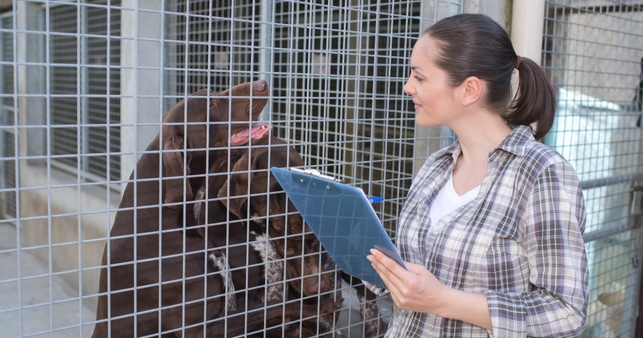
Business experts are calling it ‘the perfect storm’.
Public Servants have used the statistics in attempts to win election votes and Economists are talking about ‘stagflation’ for the first time since the 70s and 80s.
So what does it all mean and where does it leave Small to Medium Enterprises (SMEs)?
The national unemployment rate currently sits at 3.9% after hitting an almost 48-year low of 3.85% in April, according to the Australian Bureau of Statistics (ABS).
How do we differentiate between who fits under which heading? And why do these terms add confusion to worker demand and workplace hours?
Each person’s work status in this country will fall under either employed, unemployed or not in the labour force.
Economics major and Operations Manager for Employsure, Laurence McLean, explains how employment rates are a reflection of economic stability.
“High unemployment is generally a reflection of concern many may have about the state of an economy. Low unemployment in turn, generally reflects a growing or strong economy.” McLean said.
Employment Terminology Explained…
‘Employed’ defines anyone over 15 years of age, who performed any work at all in a specified period, for payment or profit. A person can work a couple of hours per week and be classified as ‘employed’.
However, a worker on long term leave, may not work any hours at all, but may still be categorised as employed.
Similarly, a full-time worker may work only part- time or even zero hours due to economic impacts of the pandemic that are beyond their control. With work reduction no fault of their own, they may still fall under the ‘employed’ category.
An ‘underemployed’ person defines someone currently employed, who is available to, and would like to work more hours each week.
‘Stagflation’ is also being talked about for the first time in decades. A term used to describe a situation where economic growth is slow and both inflation and unemployment are high.
“Well publicised issues relating to low unemployment and the resulting difficulties in recruiting as well as global supply chain issues, mean many employers are struggling to operate as they might desire.” McLean said. “There is also great uncertainty as to when these might resolve which makes forecasting and planning very difficult,” he said.
The Unemployment Rate
It’s been a strong focus recently. From the infamous gaffe by (former) Australian Prime Minister, Scott Morrison early in the Federal Election campaign. – To the reality that some people classed as “employed,” are not working enough hours to make ends meet.
The Unemployment Rate, measures the percentage of people in the workforce who currently do not have a job but are actively seeking work.
People who are not in the labour force aren’t included in these measurements. This group counts retirees, people who are permanently unable to work and/ or people who are not looking for work. Which could be for a multitude of reasons.
In addition to the 3.9% national unemployment rate reported by ABS, a further 6.3% of the population encompass the “underemployed.”
What some may not realise, is that the national “unemployed” population are competing for jobs with the “underemployed.”
People in these categories are adamant they would happily work more if the hours were available.
The Perfect Storm
Multiple factors in recent years, have contributed to disruptions throughout workplaces across the country. Adding to what has been dubbed a ‘perfect storm’ of dire circumstances for business owners and operators alike.
Laurence McLean, says, “Lower real incomes can have significant flow on effects for an economy and for society. It can result in less labour being available in the market, primarily through an exodus of workers from that market to other economies.”
Skilled staff shortages, combined with escalating training and operational costs, have made transitioning back to the office an expensive exercise for a large portion of the workforce and their employers.
Escalated levels of absence and illness from COVID19 is also a factor adding extra pressure to business costs and productivity.
“If the economy is growing, but employees’ wages stagnate or decrease in real terms, inequality becomes an even more prevalent issue.” McLean said.
Business compliance costs have been aggravated by regular changes in government rules and restrictions. Mental health and wellbeing costs have escalated due to lockdowns and isolation.
In addition, with a lower number of migrant workers entering from abroad, business owners are facing challenges that have previously not been such a great issue.
“Giving SMEs greater access to labour will help to alleviate one of the biggest issues they currently face.” McLean suggests “Removing barriers to training and upskilling, allowing in demand workers an easy route into the country,” he said.
According to the ABS, price increases across most industries reflect an 11 percent price rise of automotive fuel over the twelve months to March 2022. Tertiary education was next in line for inflation with a 6.3% rise in costs during the same period.
With SMEs employing 41% of Australia’s workforce, McLean concluded by calling for government support for SMEs as a priority, as part of economic recovery plans.
“Big support packages from the central government were not targeted during the height of COVID. Future support should be highly targeted and focused on those most in need – SMEs.” McLean said.



